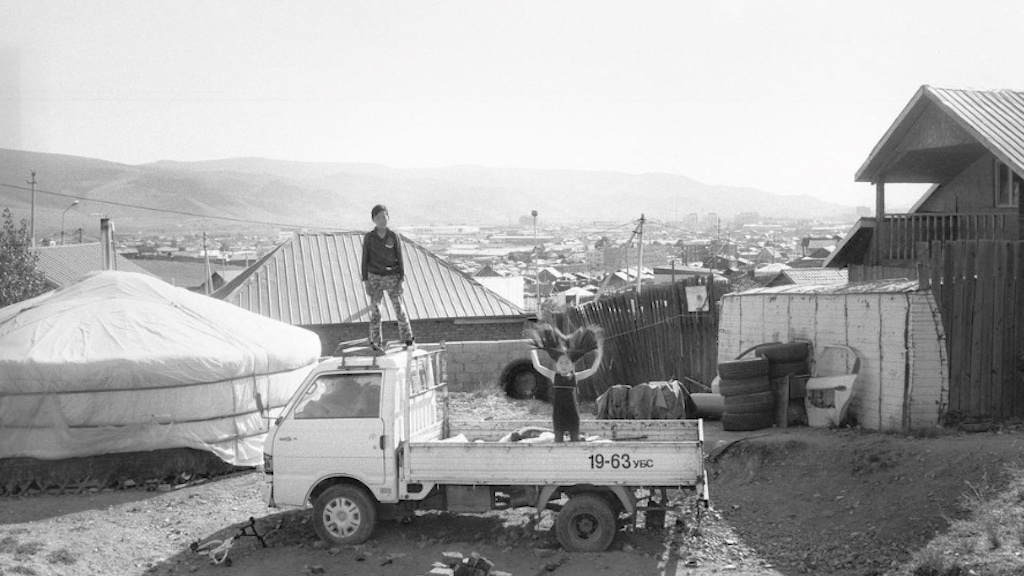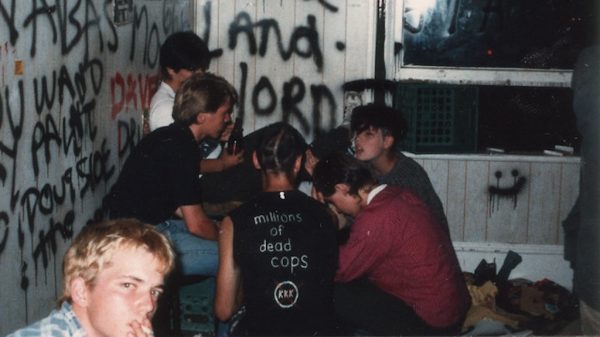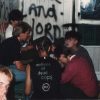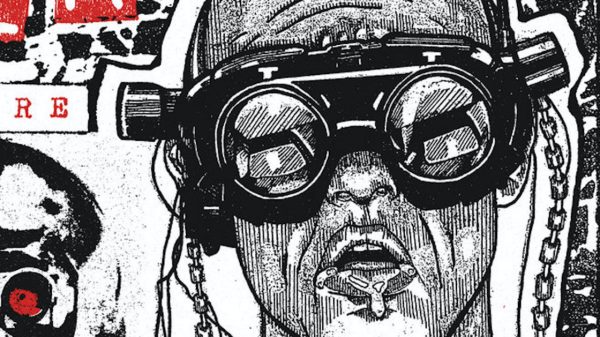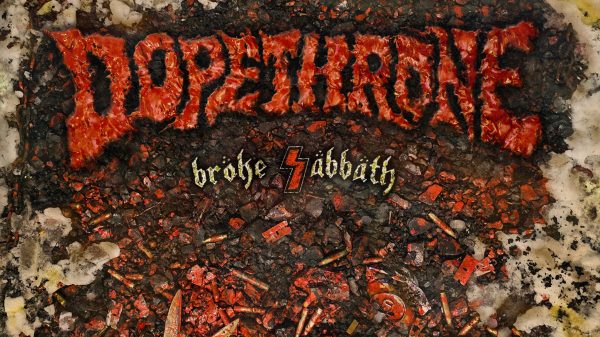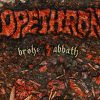Gers are the traditional round tent homes of the Mongolian nomadic peoples (foreigners on AirBnB call them “yurts”). It’s current form dates back about 3000 years, and they’re portable and strong enough to withstand the intense winds of the steppes. Right now, in Ulaanbaatar, the capitol of Mongolia, the Ger District is home to close to 800,000 people, all living in gers, and making up 60% of the city’s population. Canadian photographer Nathalie Daoust traveled to the Ger District to capture images of its residents and their daily lives. I love these photos, because the daily joys and struggles of the Ger District’s people shines off the page. My relatives left their traditional peat and stone houses behind in the Outer Hebrides, some driven out by the Clearances and others just looking for more opportunity in Canada. I wonder what life would be like if they had held on to their traditional dwellings the way many Mongolians have. My connection to that tradition was severed two generations ago, so I immerse myself in these images of people who love the way their ancestors lived, and continue to live that way today.
“Mongolia is urbanising at a rapid pace, but for many citizens the ger remains central to their identity. The gentle hillsides around Ulaanbaatar are peppered with dome-roofed gers covered in white canvas, like rows of miniature circus big tops. When Mongolia was a communist state, these escarpments were largely unpopulated, save the occasional herder with their flock. Now they are home to an estimated 800,000 people. Though they lack access to drinking water, proper sewerage or internal heating, many are reluctant to leave behind their unique, millennia-old way of living.”
https://www.theguardian.com/cities/2014/sep/03/mongolia-ulanbaatar-ger-yurt-tent-city
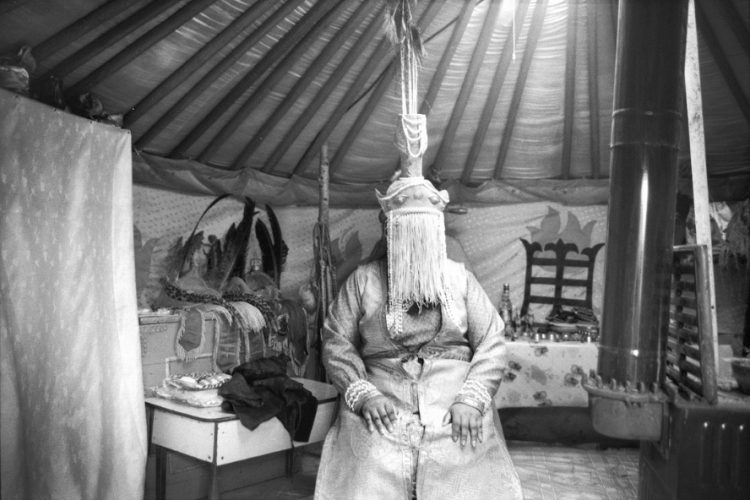
“Many of those who now live in the ger district are former herders, pulled into the city by the promise of a new life, or pushed off their land by desertification and extreme winter weather. In 2010, a dzud – which means “white death” – left about 10 million animals, including cows, sheep and yaks, dead. Thousands of herders left the steppe for the ger district, building hastas – small fenced enclosures – and erecting gers and tin-roofed brick houses. Week by week, the informal settlement grows. An estimated 40,000 people arrive every year.”
https://www.theguardian.com/cities/2014/sep/03/mongolia-ulanbaatar-ger-yurt-tent-city


“It is not just new migrants and impoverished residents who have homes in the district. Many successful city workers live here, too. “Some people prefer to live like this because they want space. They have small gardens, plant vegetables,” says Tungalagtuya Khuukhenduu, who moved to Ulaanbaatar from the Gobi desert when she was 18, to attend university, and now works for a local NGO. In winter, she lives in an apartment in the city, but during the summer months she stays in the ger district.”
https://www.theguardian.com/cities/2014/sep/03/mongolia-ulanbaatar-ger-yurt-tent-city

